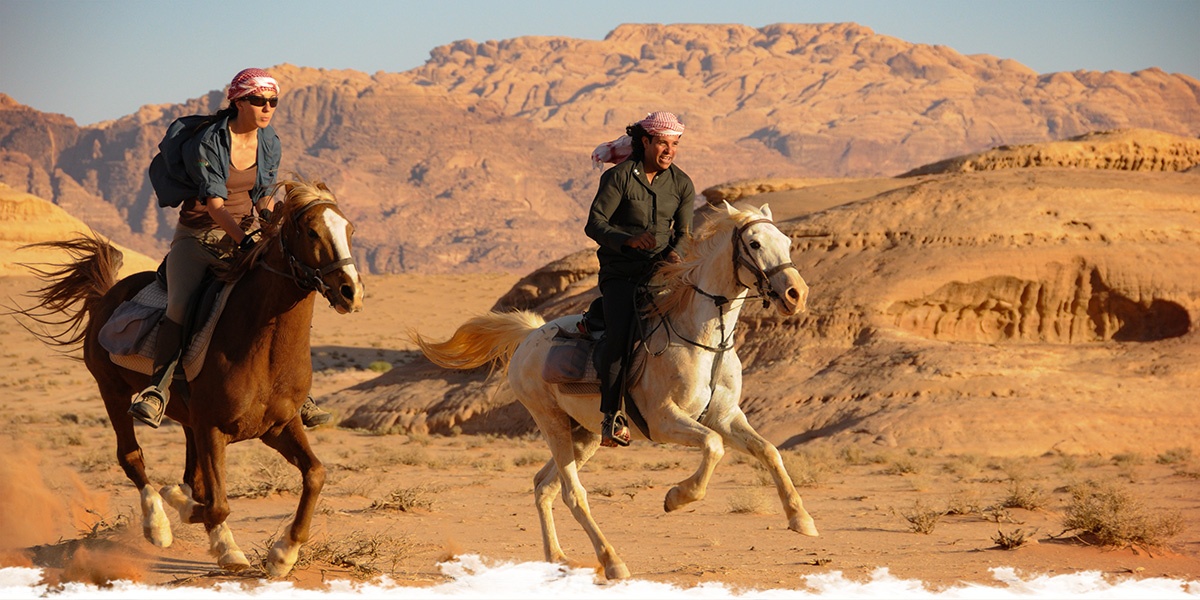
In the footsteps of Lawrence of Arabia in Jordan
Christophe Lerservoisier, an experienced rider and Equus Journey's director, shares his account of his incredible journey to the heart of one of the world's most beautiful deserts, the Wadi Rum, in Jordan. From the back of his Arabian horse, Christophe discovered a region steeped in history and traditions, as well as majestic landscapes and friendly, warm-hearted people.
An equestrian and cultural journey
He recalls one of his many memories:
"The horses hasten their pace, jogging and prancing. Their ears point sharply towards the sky while their breathing intensifies under the heat of the desert. As we get closer to the well where we are to meet the camels and the rest of the team, an old man appears out of nowhere. Without a word, he starts walking towards us. As he approaches our group, he uses his hands to communicate: he is asking for cigarettes.
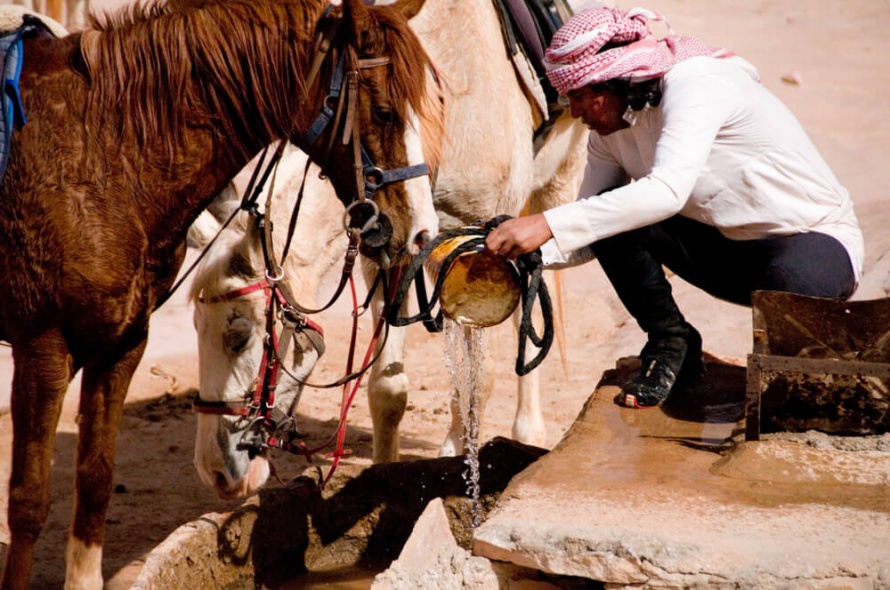
His name is Salah. He lives in a tent close by with his dog and goats. He really is not much of a talker, but he considers himself the guardian of the well. 'He is a member of our tribe, the Zalabiah tribe. He is my grandfather's cousin' explains Selim as he hands him a pack of cigarettes.
Salah leads us to a big pink sandstone circle. In the middle, a yellow bucket at the end of a worn-out rope indicates that we have arrived at the well. We dismount and old Salah takes a quick grip on the reins.
The water is stored 10m below and is quite hard to reach. We can see a multitude of trails on the ground, a sign of the many sheep, goats and camels that are led through this area every day. In the heart of the Wadi Rum desert, next to the pink sandstone well with Salah, his dog and our horses, we wait in silence for the rest of the group.
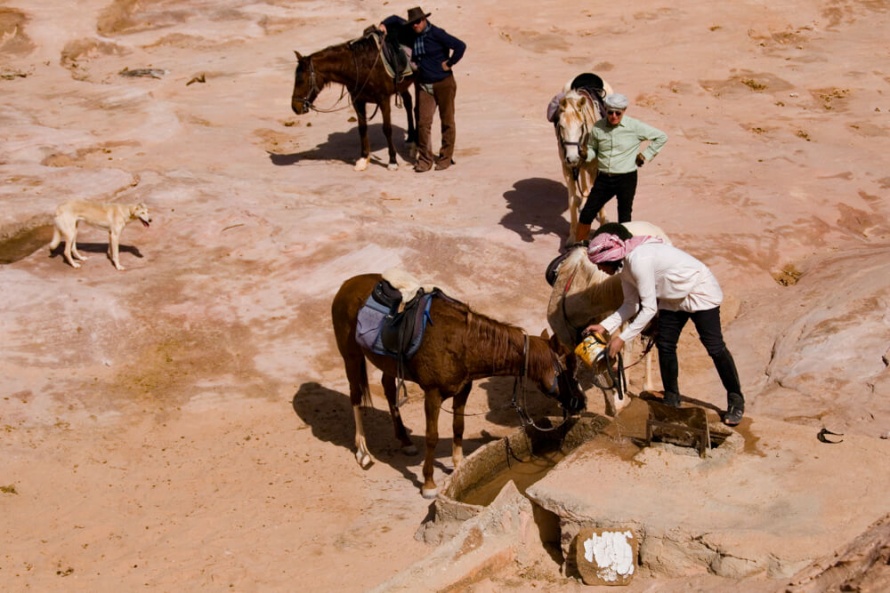
It is February, and the air is fresh, even in the desert. Salah offers us tea - strong and sweet. Two fighter planes fly across the pristine blue skies, heading north. My mind starts to wander off to thoughts about war and peace. How can extremists instigate so much hate in the world, when I have been welcomed to this land with so much hospitality and respect?"
Discovering the Wadi Rum desert on horseback
Thinking back on these last few days, from the moment we departed from the Rum Village, we have explored every inch of this sandstone and granite desert. While riding across the Jebels Burrah, Um Ishrin, Um Harag, Kush Kashan, Khaza'Ali, Qobrs Amra, Abu Khsheibah and Burdah, I have come to understand why the Wadi Rum is part of the UNESCO World Heritage list. Our adventures went beyond than just riding in the desert. As we explored the cliffs, we would leave our horses tied up and go on foot through the canyons. We even found ancient paintings and petroglyphs that reflect human presence in the area more than 120 centuries ago. When we climbed the natural aches of Burdah and Um Fruth we marvelled at the wild fig trees growing by a small natural spring water basin. Life is everywhere.
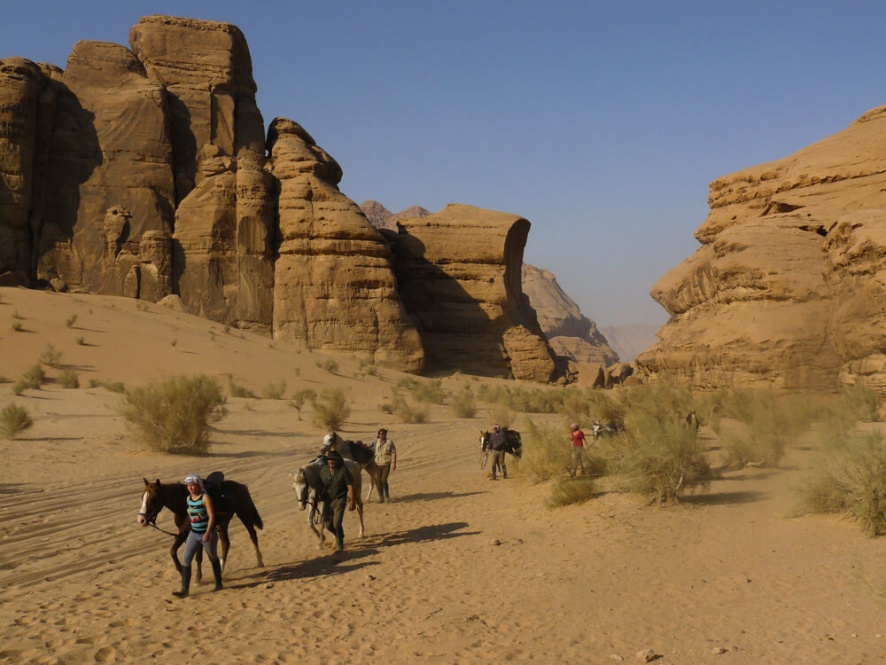
The singing voice of Hassam, our camel driver and chef extraordinaire, echoes from the canyon trail that leads to the well. Our six camels have arrived. After 4 hours apart, we are all thrilled to be back together. A reunion around a well in the desert always has a powerful meaning."
The Nabataen merchants
The best way to discover the desert is to travel by foot, by horse, or on a camel*, following the trail of the Nabataean merchants who brought back Yemen silk, incense and aromatic plants such as myrrh and aloe from Oman. Spices came from India and beyond, while bitumen from the Dead Sea was essential for the caulking of ships. All of these merchant routes linked India, Persia and Arabia with the Mediterranean, Egypt and Phoenicia.
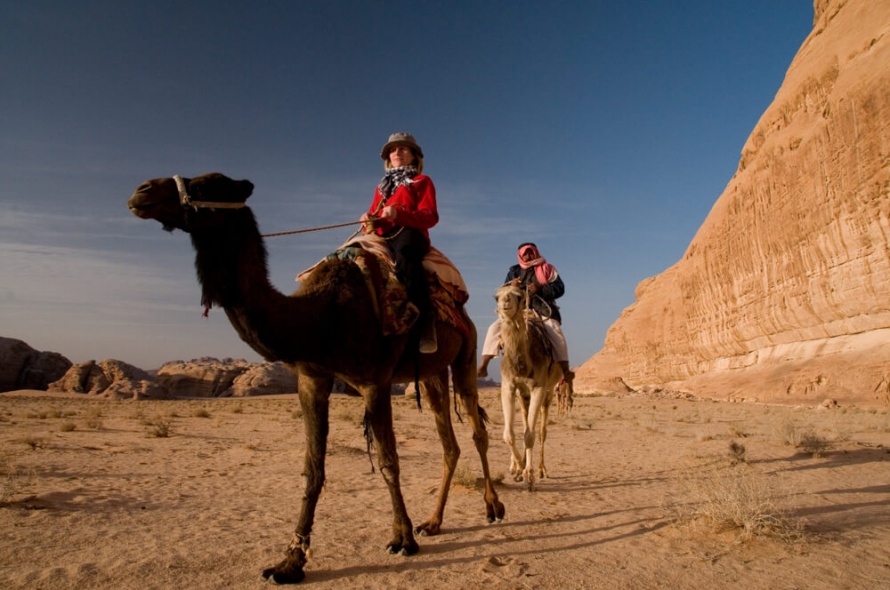
The Nabataean inscriptions from Anfashieh, near the red sand dunes of Jebel um Ishrin, tell us the story of these caravans that would stop in the Wadi Rum before continuing their journey to Petra, the thriving capital of the Nabataean kingdom.
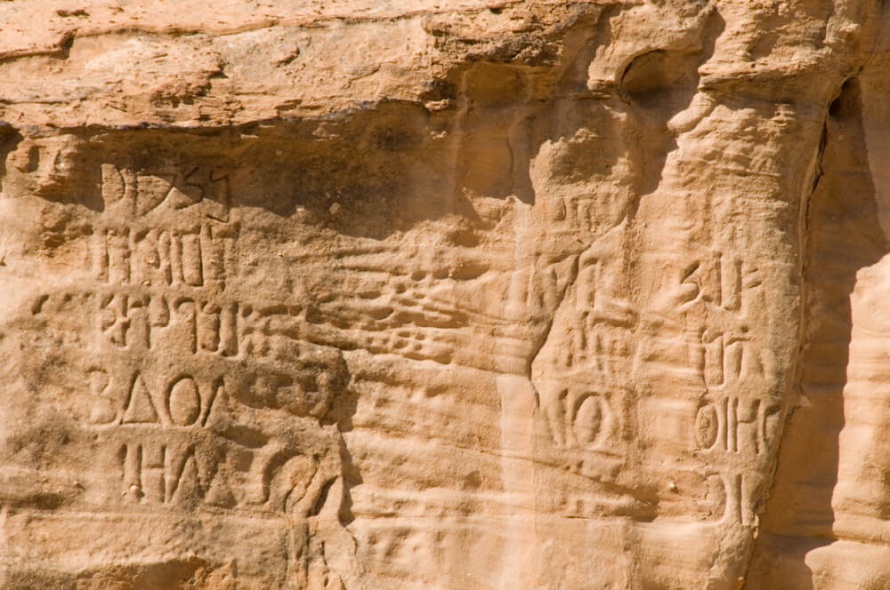
The spirit of Lawrence from Arabia.
In this very same location lays the spirit and romantic image of Lawrence of Arabia. Thomas Edward Lawrence was an archaeologist, adventurer, writer and officer. He is well-known for his important role during the Arab Revolt against the Ottoman Empire during the First World War and his unmatched ability to vividly describe on paper all of his military activities and thoughts, earning him international fame as Lawrence of Arabia.
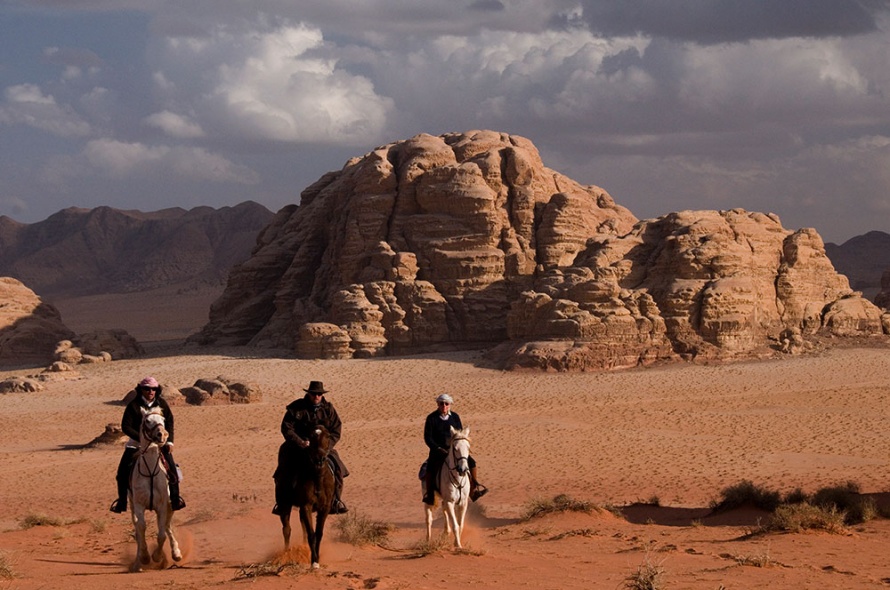
If you have seen the movie "Lawrence of Arabia" you have probably noticed that several shots were filmed in the Wadi Rum Desert between the year 1961-62. With the Bedouins as extras supporting the extremely talented Peter O'Toole and Omar Sharif, you can just imagine all the exciting riding possibilities in the area.
More information:
For more information, please visit our holidays in Jordan on our website: Equus Journeys
You can also contact us directly at info@equus-journeys.com or give us a call on +44 (0)1905 388 977
* Please note: Non-riders are welcomed to do the trail on camels.
